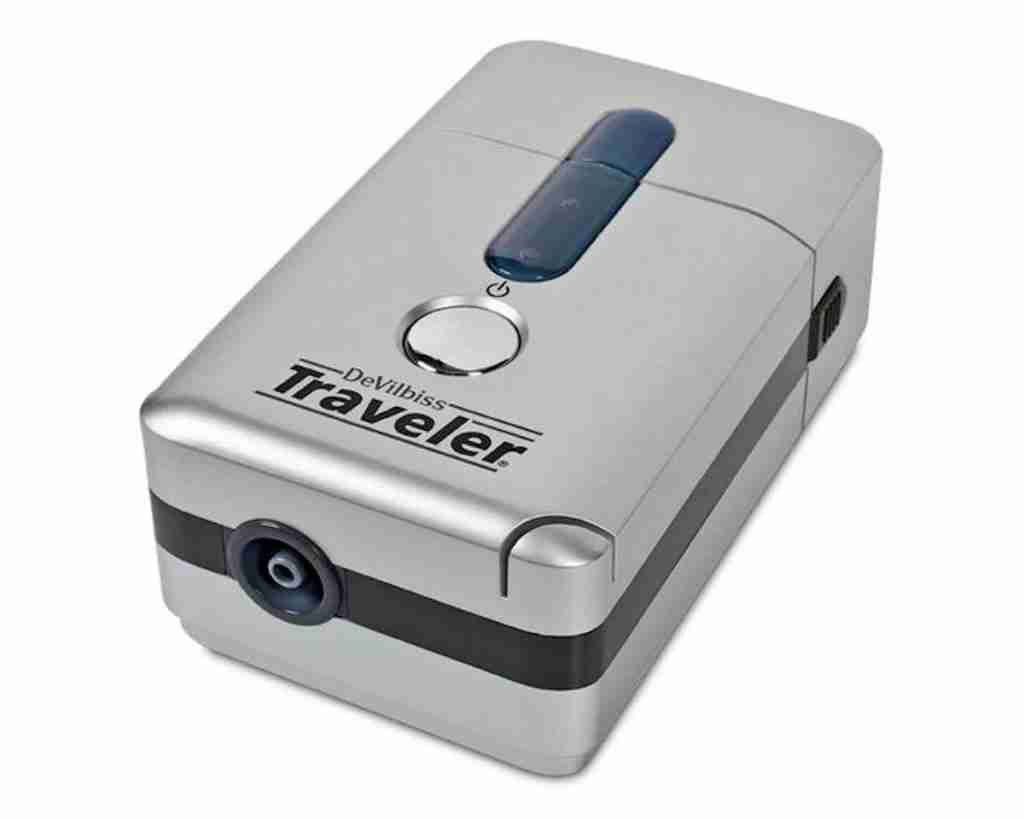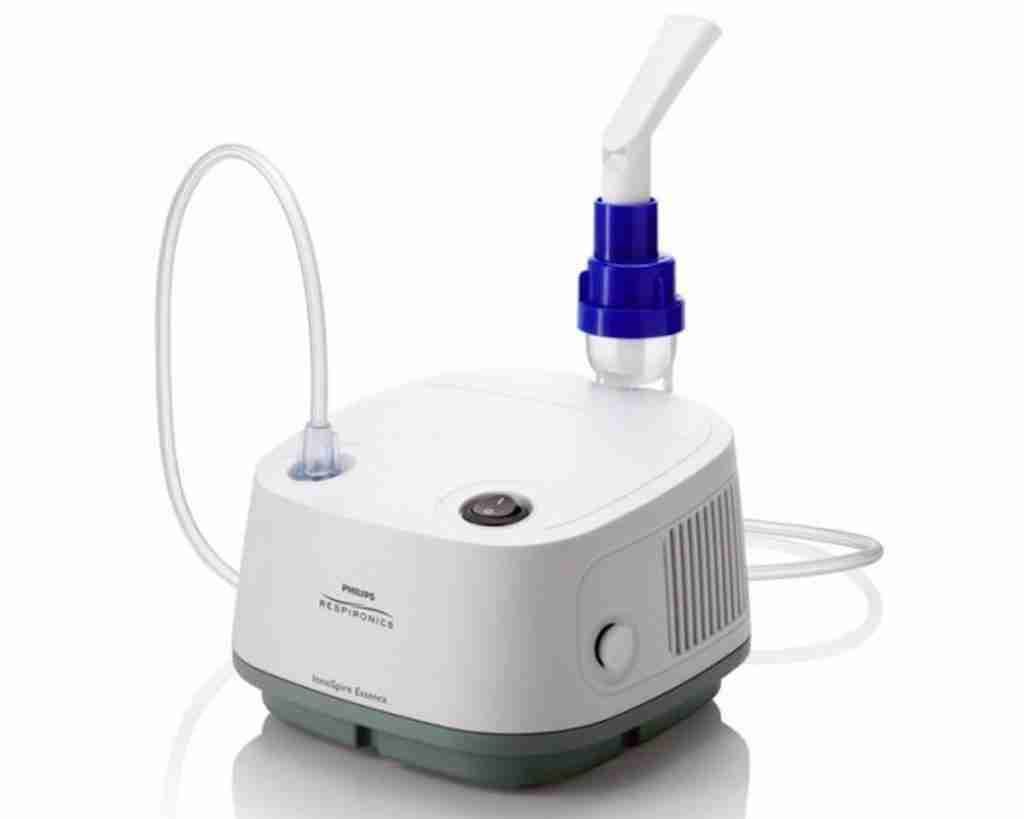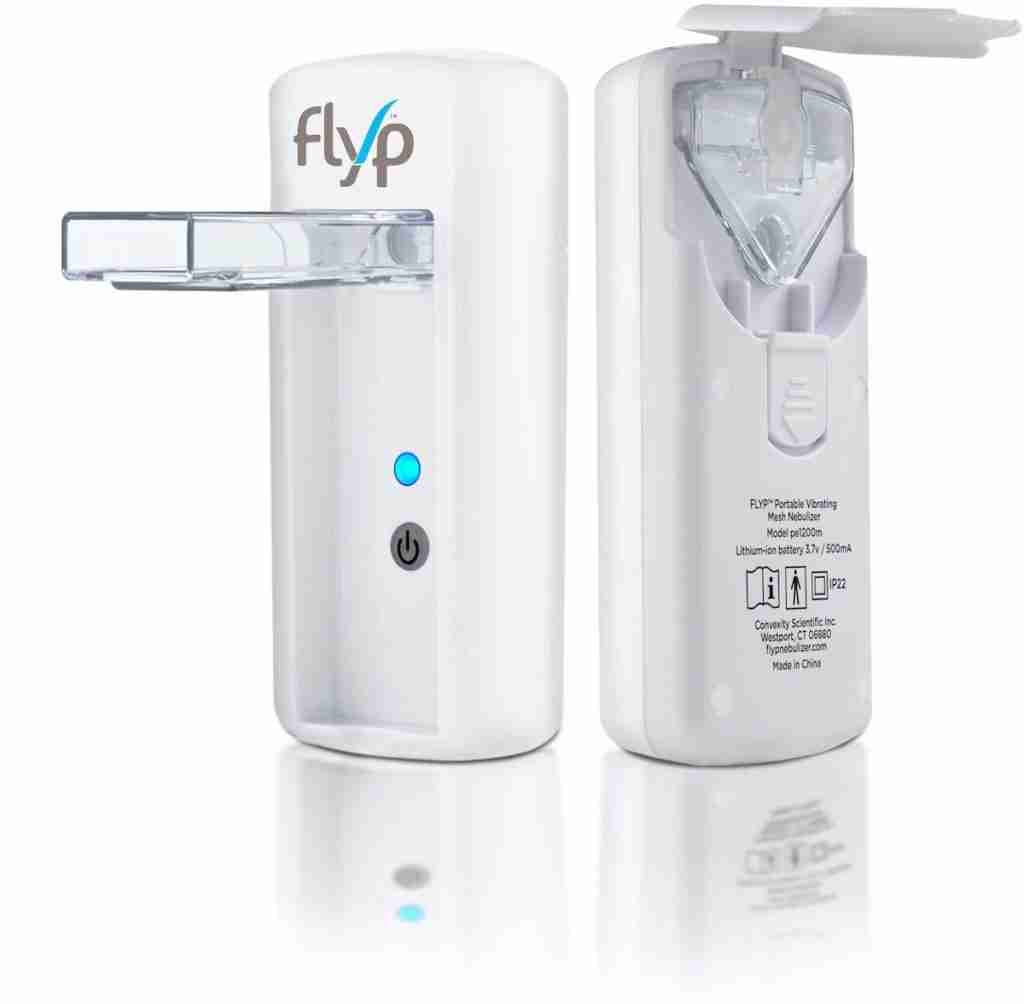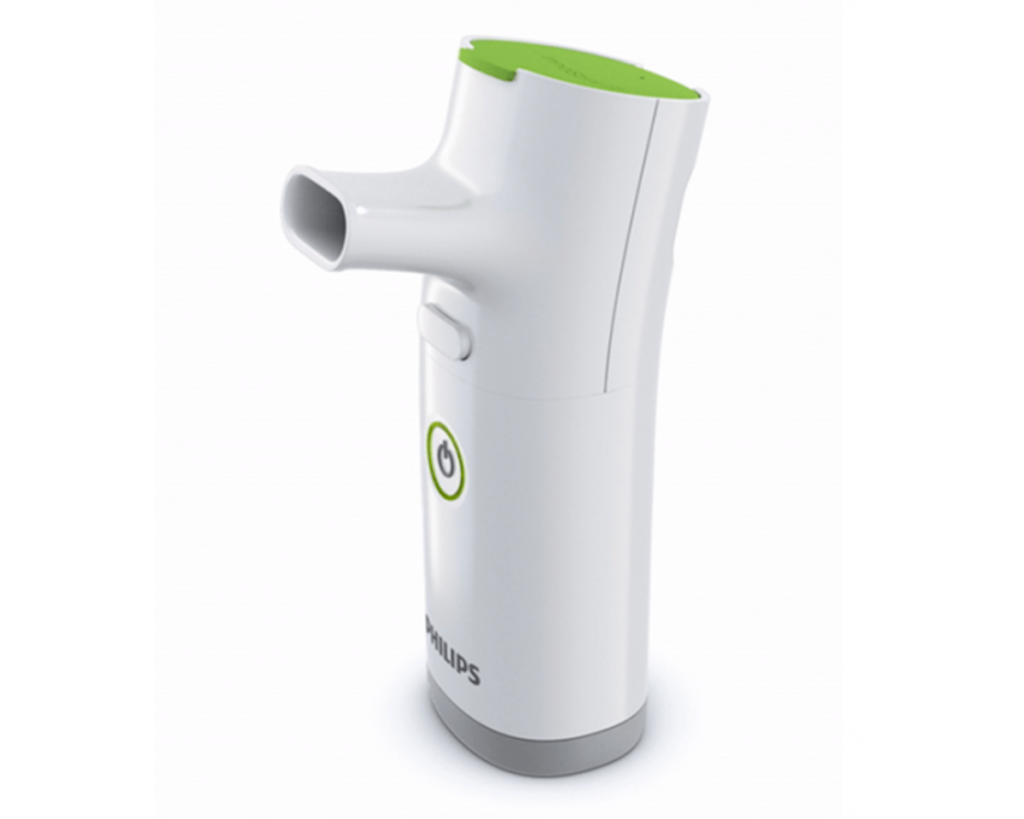For patients with asthma or COPD, your physician may prescribe a nebulizer as part of a breathing therapy regiment. This device delivers the same type of medicine as metered-dose inhalers (MDIs), but tend to be easier to use. They are also the preferred treatment for large doses of an inhaled medication. Nebulizers are particularly convenient and effective in small children who aren’t old enough to properly use inhalers or adults with coordination issues.
The medication delivered by the nebulizer comes in liquid form. A nebulizer converts the medication from a liquid into a mist, which is easily inhaled into the lungs through a mouthpiece or face mask. Use nebulizers with medication for both immediate relief and long-term maintenance.
Do You Need a Prescription?
Yes, a physician will need to write you a prescription for a nebulizer and a dose will need to be specified.
What Are the Different Types of Nebulizers?
There are two basic types of nebulizers: jet and ultrasonic.
Jet Nebulizers
Jet nebulizers are the most common type of nebulizer machine. They use an air compressor to generate enough air to go through a short tube and into a nebulizer cup. The cup holds the liquid medicine which is converted into a mist for inhalation. These machines tend to be larger and noisier with mist particles varying in size. However, the machine is more durable and typically less expensive to replace parts. Jet nebulizers are available as both home or portable units.

We recommend:
DeVilbiss Traveler Portable Compressor Nebulizer Machine
This portable, battery-operated nebulizer is lightweight and designed for travel. It comes with a rechargeable battery and can be plugged into an AC or DC outlet. At 1.5 lbs with the battery, the machine lasts 45 minutes when full charged.

Respironics InnoSpire Esssence Compressor Nebulizer System
Essence provides fast and efficient aerosol drug delivery in an economical compressor nebulizer system. The machine comes with SideStream technology and features fewer parts to assemble and clean than other conventional nebulizers.
Ultrasonic Nebulizers
Ultrasonic nebulizers are the more expensive of the two options but offer better long term value. These machines use ultrasonic waves that hit the liquid medicine and convert it into mist to be inhaled. These machines are smaller and virtually silent with more consistent particle size all while reducing treatment times thus reducing overall cost. Ultrasonic machines are only available as portable units which are quite small and light. They are also simple to clean and maintain. Unfortunately, they are costlier if replacement parts are needed.
We recommend:

Flyp Nebulizer
One of the new additions, the Flyp is smaller and lighter than a smartphone. Using HypersoniQ technology, the whisper quiet, ultrasonic device converts liquid medication to a fine, inhalable aerosol. With Flyp, 88% of albuterol and 90% of ipratropium bromide medication reaches your lungs whereas only 10% of medication reaches your lungs with metered-dose inhalers. A typical 3 mL dose treatment takes only 7 minutes.

InnoSpire Go Portable Mesh Nebulizer
Designed to shorten treatment time, the InnoSpire Go is a hand-held treatment that takes 4 minutes to complete. It features a built-in rechargeable battery which provides up to 30 minutes between each charge. The simple design is easy to use and makes cleaning and maintenance fast.
How Do I Use a Nebulizer?
Using a nebulizer is a simple setup. First, make sure the compression is on a flat surface and can safety reach an outlet. All the pieces need to be clean. Add any premixed medicine to the container. If not, measure out the correct amount and mix it before placing into the container. Connect the tube to the compressor tubing and the liquid container.
Finally, attach the mouthpiece or mask to the tubing. Before placing the mask on the face, turn on the switch and look to confirm mist from the nebulizer. Put the mouthpiece/mask on securely, leaving no gaps for the medicine to escape. Slowly breathe in and out until the medicine is gone. It may take up to 15 minutes with a jet nebulizer and up to 7 minutes with an ultrasonic nebulizer.
How Do You Clean Nebulizer Machines?
Like all machines, it is important to clean and disinfect your nebulizer after each use. Disconnect the mask and tubing from the nebulizer. If the mask is not disposable, wash with soapy warm water and let air dry after every use. Wash the tubing once a week. Avoid harsh detergents, especially ones with scents. If you need to disinfect your mask, use a one-third ratio of vinegar to water. Let the mask soak for 10 minutes and rinse so no residue remains. Allow to air dry.
Proper cleaning and disinfecting helps to reduce the risk of infection. Cleaning methods may vary for ultrasonic nebulizers so please check your manual for instructions.
Expert Tip
Always follow the manufacturer’s instructions to keep the equipment clean. Not cleaning the device can make it clog up, which in turn prolongs treatment times.
- Jose Acosta, CRT
The Oxygen Concentrator Supplies Shop has a wide selection of handpicked portable and home nebulizers. Our team can answer your questions and help you select the best equipment to fit your needs. Give us a call at 888.941.1688 today!



